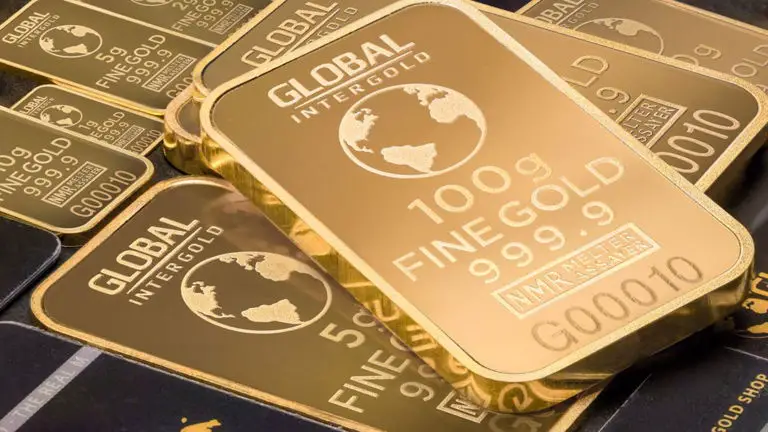
E-waste from our mobile phones, tablets, computers and cars will reach 82 million tonnes by 2030. We consume and throw away many of these products without giving them much opportunity to repair them, causing garbage to accumulate and… with it precious materials, including gold. One of the most coveted minerals in the world for its unique utilities and scarcity. Therefore, it is not strange when we find that they seek to transmute matter into gold or that they develop thin two-dimensional layers to take advantage of its conductive capacity.
Now, the Royal Mint of the United Kingdom is working on extracting gold from these products to make it profitable. As they have explained in a statement, they are looking for new ways to reduce dependence on traditional mining.
Thus, the largest gold mine in the world is scattered throughout the planet. All those places where there are electronic dumps make up 7% of the gold on our planet, with all that this entails.
An ambitious factory to mine this waste
A Canadian company known as Excir is able to extract 99% of the gold from e-waste in just a few seconds thanks to a fairly refined technique. At least that’s what they say on their website.
Thus, the Royal Mint of the United Kingdom has seen an opportunity there to launch a jewelry collection entitled 886 and that aims to give a new, more lasting life to this type of product. To do this, they have designed two earrings, a bracelet and a ring to highlight their keen interest in gold recycling.
Of course, this project is not cheap, far from it. Precious metals are expensive, as is the process by which they are recycled, so they cost between £1,525 and £2,995. This would translate into euros in 1770 and 3,477 euros respectively.
Usually the royal mint was in charge of making commemorative coins and medals, but over the years the interest of people in minting this type of object has decreased, so for the moment they are looking for other ways and opportunities to generate new jobs. To this end, they have prepared a new factory in South Wales that will allow the area to increase its employment potential while pushing for the fight against electronic waste.
At the same time, it is fundamentally useful work to demonstrate that gold can be given a new life in electronic components. Although, of course, that new life will only be within the reach of the pockets of very few, since they are jewels with a truly high price.

Comments